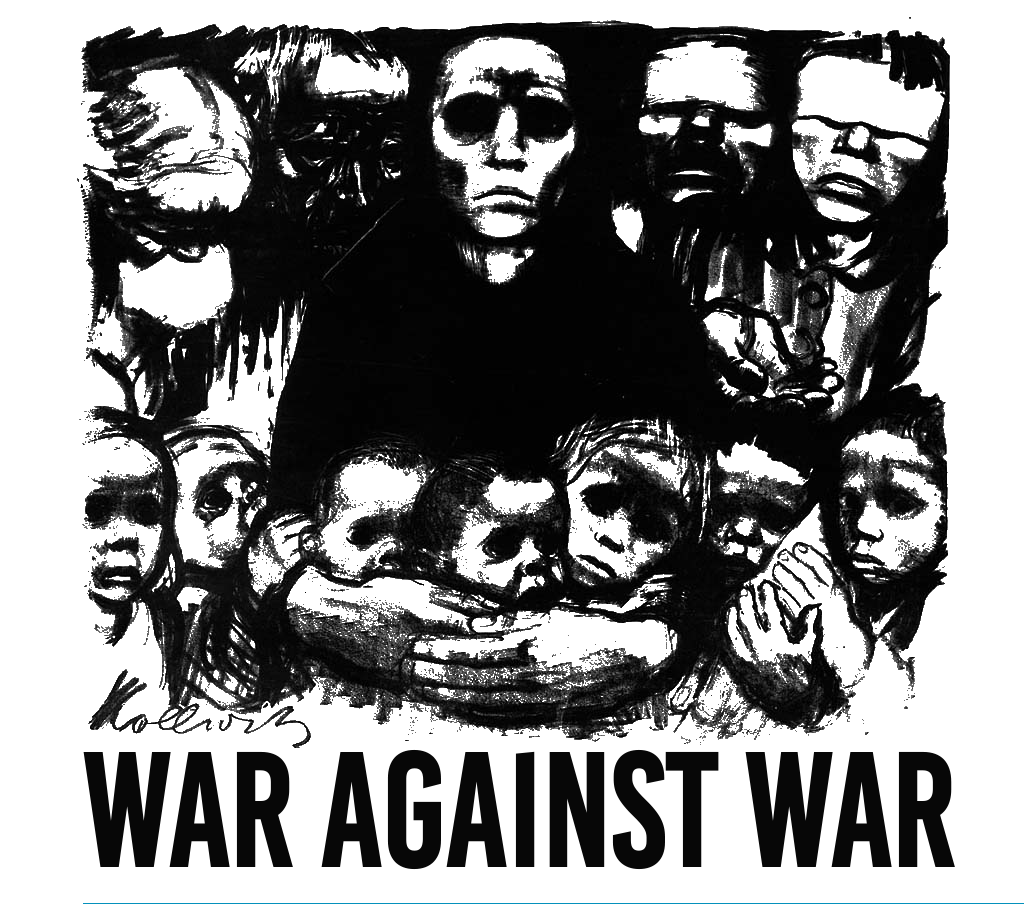Abstract
The three-decade-long Sri Lankan civil war between the Government of Sri Lanka (GoSL) and the Liberation Tigers of Tamil Eelam (the LTTE, also known as the Tamil Tigers) came to an end following a major GoSL offensive in May 2009, which resulted in GoSL claiming a “victor's peace.” The war caused the death of around 80,000 to 100,000 people and internally and externally displaced hundreds of thousands. During the three decades, five attempts at formal peace processes were initiated, all of which ended unsuccessfully. This paper identifies the root causes of the Sri Lankan civil war using the social cubism analysis by Byrne and Carter (Peace and Conflict Studies, 1996, 3, 5). It then examines two of the five formal negotiations, namely the Indo-Lanka Agreement of 1987 and the Wickramasinghe-LTTE agreement in 2002. Finally, it explores an alternative approach to building peace in Sri Lanka using the multimodal approach by Byrne and Keashly (International Peacekeeping, 2000, 3, 97) utilizing the nested paradigm, and the time dimension of peacebuilding by Building Peace: Sustainable Reconciliation in Divided Societies (1997).
This was originally published on Wiley: Peace & Change: Table of Contents.
